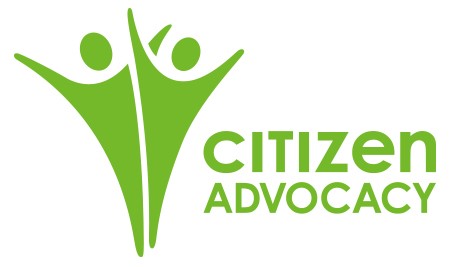Empowering Individuals through Augmentative and Alternative Communication.
People with intellectual disability communicate in different ways. Some use their voice to speak, but others may use hand signals, pictures or other tools to help them communicate without speaking. These augmentative and alternative communication (AAC) strategies help them to express themselves, communicate their needs and participate more fully in various aspects of life.
AAC refers to a set of tools, strategies, and methods that support individuals who have significant challenges in verbal communication. AAC is a valuable resource for individuals with conditions like speech disorders, language impairments, or physical disability, who struggle to effectively express their thoughts, needs, and desires using speech alone.
Here are some forms of AAC:
Picture Communication Systems
Many individuals with intellectual disability find it easier to understand and communicate using pictures or symbols. They can use picture boards, communication books, or electronic devices with symbol-based software (e.g. Boardmaker) to construct sentences and convey their thoughts.
Speech-Generating Devices (SGDs)
SGDs are electronic devices equipped with synthesized or recorded speech output. Users can select pre-programmed messages or type in custom messages using a keyboard or touch screen. SGDs can be very helpful for individuals who have limited or no verbal speech.
Text-to-Speech Software
For those who can type or use a keyboard, text-to-speech (TTS) software or apps on computers, tablets, or smartphones can convert their written words into spoken language. This can be especially useful for individuals with mild intellectual disability.
Communication Apps
There are numerous AAC apps available for tablets and smartphones, such as Proloquo2Go, TouchChat, or AAC Speech Buddy. These apps often combine symbols, text, and voice output, allowing users to create and convey messages.
Gesture and Sign Language
Some individuals with intellectual disability may find it easier to use gestures or sign language to communicate. Sign language, in particular, can be a powerful AAC tool for those who have been trained in it.
Partner-Assisted Communication
In some cases, individuals with intellectual disability may need a communication partner, such as a family member, caregiver, or therapist, to facilitate communication. This partner can assist in interpreting or translating the individual’s gestures, symbols, or vocalisations.
Visual Supports
Visual supports like schedules, social stories, and visual cues can help individuals with intellectual disability understand and navigate their daily routines, social interactions, and tasks.
It’s important to remember that AAC is not a one-size-fits-all solution. People with intellectual disability have diverse communication abilities and needs and not all people with intellectual disabilities need AAC. Working with professionals experienced in AAC assessment and intervention can help determine the most effective communication system for each person.




